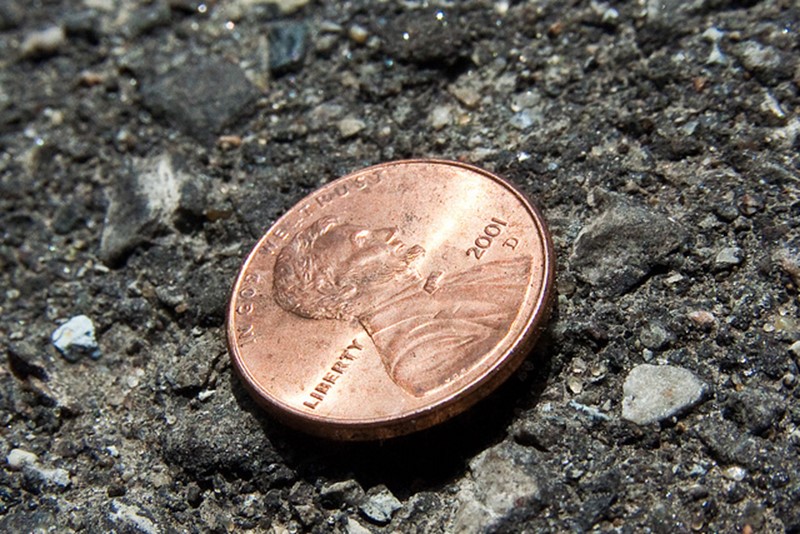A Divorce Holiday
April 23, 2015 in Daily Bulletin

Wendy Paris wrote about the destination divorces business:
- A destination divorce is when a couple goes to a foreign city or country specifically to get divorced.
- The idea is that by leaving friends, family, and children behind, the former lovers can agree to an amicable separation in a stress free environment.
- If things start to heat up, then either of the two could leave to, for example, get a massage at a relaxing spa. After cooling down they can return level-headed.
- Companies that arrange such trips charge between $7,000 and $12,000.
- The price includes the cost of the hotel, lawyers, and onsite mediation services.
Read about the industry, why it used to be far more popular in the past, and more over here.
Source: Quartz









Join the Discussion! (No Signup Required)